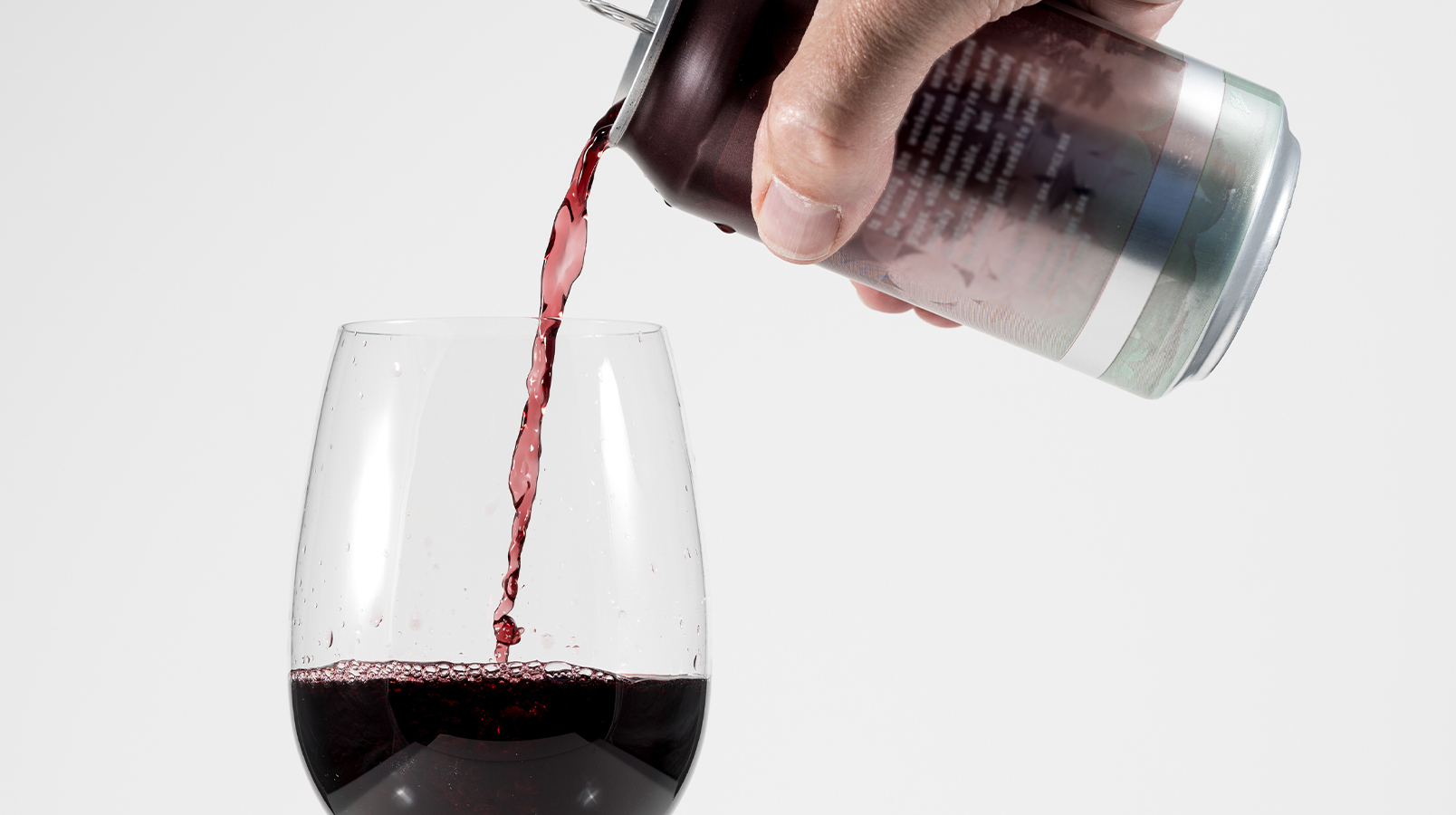We’ve all heard at least one of them. How many have you fallen for?
Learning how to enjoy wine can be a daunting experience for beginners. With all the wine jargon and the sheer number of grape varieties and wine styles available, it’s little wonder a few ‘wine myths’ have crept in.
They may seem harmless, but some of these misconceptions about wine can derail your wine discovery journey. To help you make the most of your wine, let’s set the record straight about six common wine myths.
Spirits is a very broad category. Understanding the difference between certain bottles of spirits can be a minefield for aspiring bartenders and enthusiasts. Unpack some of the tricky terms in this category in our blog by tapping here.
1. Wine always gets better with age
When you hear about wine auctions where exquisite old wines are sold for astronomical sums of money, it’s easy to assume that all wine gets better with age. In reality, only a small number of wines benefit from ageing. These tend to be of exceptional quality and often have notably high levels of tannins and/or acidity, as these elements help to preserve wine. Most wines are meant to be drunk within a couple of years after bottling.
2. Red wine should never be chilled
One of the first things most beginner wine drinkers hear is “only keep white or sparkling wines in the fridge” and “reds should be always served at room temperature”. Although in many cases red wine characteristics are best expressed at warmer temperatures than whites, there are some exceptions. The best red wines to try chilled are usually light- to medium-bodied with low levels of tannins, such as wines from Beaujolais and those made from the Pinot Noir grape. Don’t be afraid to try experimenting, or to ask your restaurant wine server what temperature they would recommend!
Top tip: ‘room temperature’ is probably cooler than you think. Ideal serving temperatures for red wines range from 13˚C-18˚C (55˚F-64˚F).
3. A silver spoon will keep your fizz fresh
We all know someone who puts a metal spoon or a fork inside the bottle of sparkling wine before putting it in the fridge, thinking it keeps the wine fizzy for longer. The rationale behind this sounds very convincing. The theory goes - as a good conductor, the metal spoon is quickly chilled in the fridge, the cold metal then emits cooler air around it, supposedly making it more difficult for the gas to escape from the bottle. However, this has been tested by many respectable researchers and it’s been found ineffective.
Top tip: If you don’t finish a bottle of sparkling wine in one sitting, you’re better off buying a good sparkling wine stopper.
If you’re keen to learn more, discover the style and quality of wines made from 30 grape varieties produced in over 70 regions around the world. Head to our qualifications page to find out more about the Level 2 Award in Wines.
4. Screwcap equals low-quality wine
There are outstanding quality wines bottled under both corks and screwcaps. Screwcaps have now become mainstream in numerous wine-producing countries, particularly in ‘New World’ countries such as Australia and New Zealand. They’re popular among wine drinkers as they’re easier to open and store, and preferred by many winemakers and importers as they cause fewer faults to occur in the wine. Screwcap technology is always improving, and if you look closely you will find wines at all quality levels and most price points sealed with a screwcap.
5. Great wines have great ‘legs’
You know those clinging dribbles of wine that ooze down the inside of the glass once you’ve swirled? They’re often called ‘legs’ or ‘tears’ and some believe their appearance indicates the quality of wine. This is not the case - in reality, they can give you a clue as to the wine’s alcoholic strength, colour intensity or sugar content, but not its quality.
6. Wine in a box is mediocre
The type of container rarely affects the quality of the wine within it, but it can influence the wine’s shelf-life. But, because most wines aren’t meant for ageing, a bag-in-box pouch or even a metal can could contain fantastic wine, as long as it protects the tipple inside from light and air.
An increasing number of winemakers are looking for alternatives to glass bottles to make transporting wine more sustainable, and opening and consuming wine easier for the drinker. We’re likely to see more great wine being packaged in alternative formats in the future. So, don’t judge the wine by its packaging!
See also: The definitive guide to wine bottle shapes and sizes
If you would like to know more, WSET’s Level 1 Award in Wines is a great place to start for beginners, and WSET’s Level 2 Award in Wines is perfect if you are ready to take your wine knowledge to the next step.
Related content:
- Ideal serving temperatures and top tips for wine storage
- How to read a wine list in a restaurant or bar
- The ultimate guide to wine bottle shapes and sizes



